SuperKnova is a project to provide learning opportunities in radio technology for students in a way that is inclusive…
Select :
Alberto BolattoAdam GattusoAndrea IsellaAmy KimballAaron LawsonBettymaya FoottBarbara GruberBill E. SaxtonBrian KentBrian Kent and Joseph MastersBrian KoberleinCharles BlueClaire ChandlerDaniel DaleDave FinleyDolly JosephDavid MehringerDanielle RowlandEddie EdwardsHeather HarbinJulie DavisJoseph LazioJim LovellJill MaluskyJon RamerJason RenwickJason SchreinerJacob WhiteKunal MooleyDr. Kristina NylandDr. Lisa Shannon LockeLuca RicciMoiya McTierMatthew A. MorganNienke van der MarelNan JanneyOlivia Harper WilkinsRebecca CharbonneauRebecca LjungrenSam WatchmanSummer AshStephen CaseSamara NagleTony BeasleyTom Maccarone

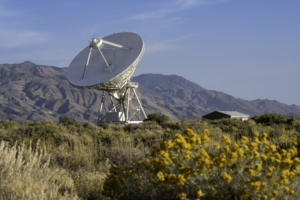
Owens Valley: Radio Astronomy in the Land of Sky and Stream
Three million years ago the fault regions of the Sierra Nevada and White Mountains began their thunderous rise. Their…
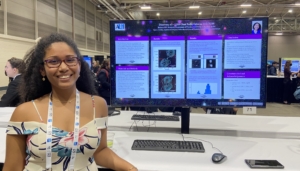
Hidden Giants
University of the West Indies student Brianna Sampson finds than more than a thousand Giant Radio Galaxies could be hidden in the data of a radio sky survey.
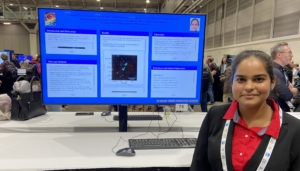
Here There Be DRAGNs
University of the West Indies student Kavita Gosine Bissessar hunts for asymmetrical DRAGNs in the VLA Sky Survey.
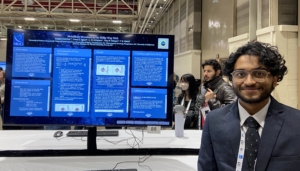
Astronomy is Metal
University of Arizona student Swapnaneel Dey looks at the metallicity of interstellar clouds in our galaxy.
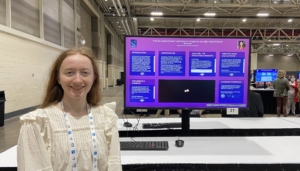
Two For One
When a distant quasar was found to have two sources, University of Washington student Anaïs Martin wanted to find out why.





